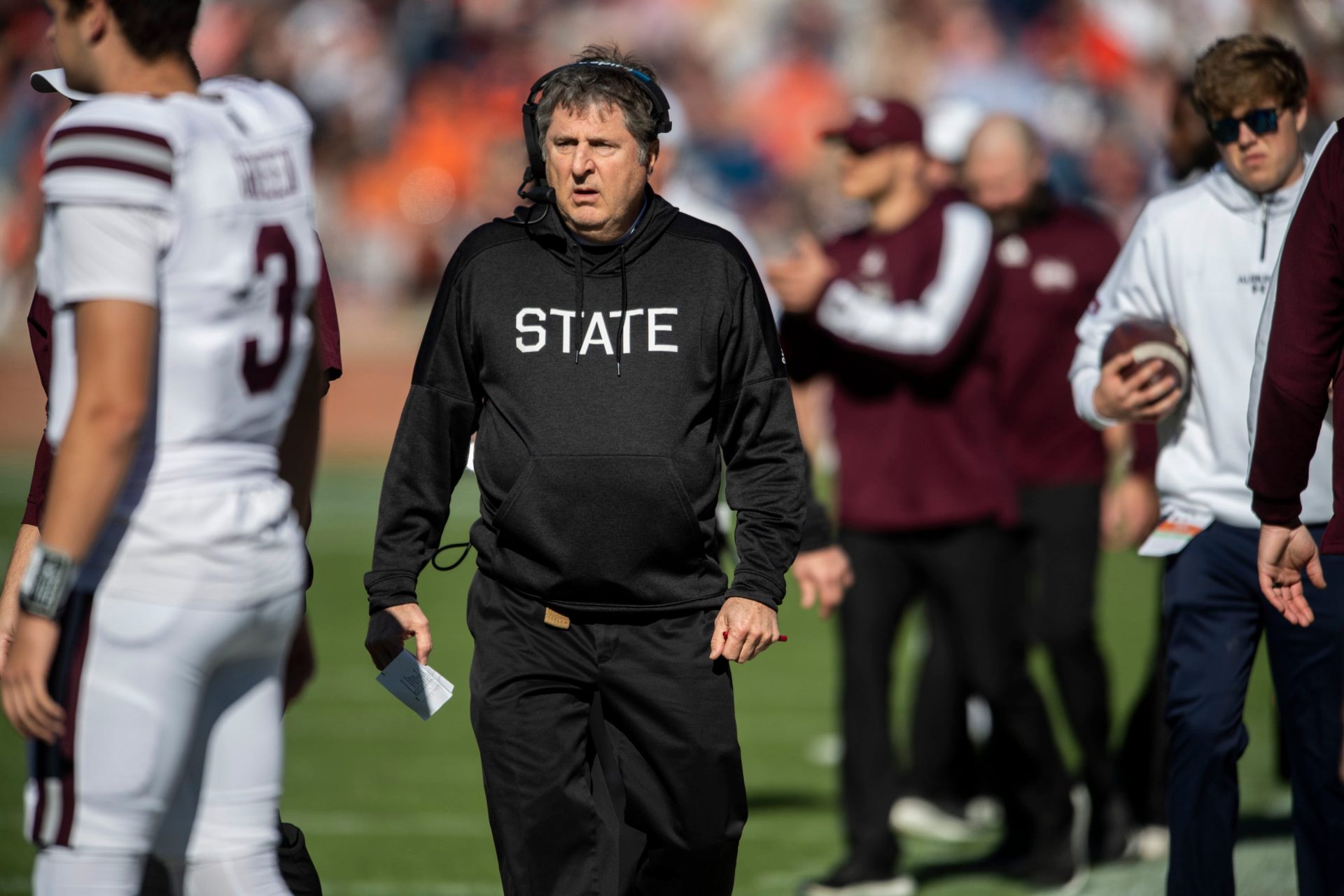In the ever-evolving landscape of college football, few visionaries dared to reimagine its fundamental structure like the late Mike Leach. His radical draft system proposal, which he proposed before his passing in 2022, resurfaced in 2025 as the sport grapples with unprecedented player movement and NIL complications.
As college football spirals deeper into what many call “free agency chaos,” Leach’s forward-thinking plan offers a structured alternative that’s generating serious buzz among stakeholders. The two-track system would fundamentally restructure how players enter programs and potentially restore competitive balance across the NCAA landscape.

CFB Analyst Adam Breneman Breaks Down Mike Leach’s Proposed College Football Draft
Former All-American tight end and current CBS Sports analyst Adam Breneman spotlighted Mike Leach’s proposal as potentially transformative for college athletics.
With his experience as both a player and a media personality, Breneman brings a valuable perspective to Leach’s innovative concept.
View this post on Instagram
The plan centers on offering players two distinct paths upon signing, the traditional student-athlete track or becoming a “learning professional.” Breneman highlights how this distinction addresses current systemic challenges while maintaining educational opportunities.
“Mike Leach wanted a college football draft system. It’s the most fascinating plan I’ve heard yet,” notes Breneman in his analysis. “Mike Leach believed that players should choose between two paths when they sign, student athlete or learning professional.”
The student-athlete option maintains much of the traditional college experience but with modern enhancements.
“The student-athlete track looks like what we want college sports to be: scholarship, rev[enue] share, or path to graduate,” Breneman explains.
This track includes significant incentives for academic completion.
“In Leach’s plan, you get a big retention bonus if you stay four years and then graduate. You can’t be cut for playing ability or get traded, but if you transfer or don’t finish your degree, you lose the bonus.”
Where Leach’s vision becomes truly revolutionary is the learning professional pathway. This track would implement an NFL-style draft where players lose school choice but gain professional-focused education and compensation structures.
As Leach himself stated about this approach, “There’s no bargaining and extorting (NIL) money from schools, playing one against the other… We’ll call you when you’re drafted, and you’ll know what team you’re playing for.”
KEEP READING: Eli Drinkwitz Demands Justice For Mike Leach in College Football Hall of Fame Fiasco
Under this system, programs could cut or trade players like professional teams, while athletes would focus on a specialized curriculum tailored toward professional development rather than traditional degree requirements.
The plan addresses modern NIL concerns by maintaining earning opportunities without caps while eliminating the leverage tactics that have dominated recent recruiting cycles. Schools would establish compensation parameters without needing to outbid competitors for talent.
Though Leach isn’t here to champion his vision, its relevance has only grown stronger in 2025’s chaotic landscape. As transfer portal numbers swell and NIL deals become increasingly contentious, more stakeholders view structured systems like Leach’s as potential solutions.
What makes this concept so compelling is its balanced approach, preserving traditional college athletics for those seeking that experience while creating a more professionalized path for others. The dual-track system acknowledges the reality that players have different priorities when entering college programs.
College Sports Network has you covered with the latest news, analysis, insights, and trending stories in college football, men’s college basketball, women’s college basketball, and college baseball!

